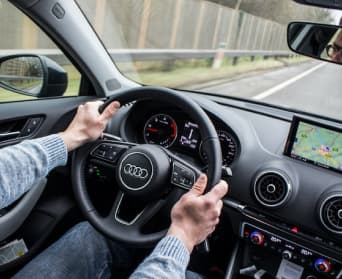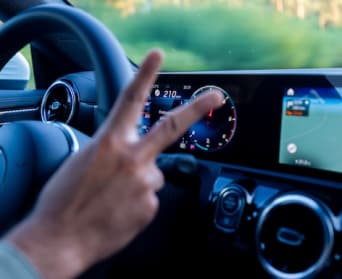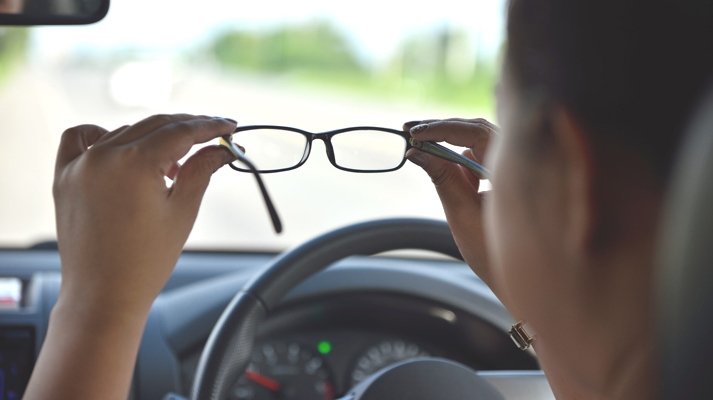You must wear spectacles or contact lenses whenever you drive if you require them to meet the ‘vision standards for driving
You must inform the DVLA if you have any vision issues affecting both eyes, or your remaining eye if you have only one.
Check if you need to tell DVLA about your eyesight problem by searching the A to Z of medical conditions that could affect your driving.
This does not include being nearsighted, farsighted, or colorblind. You also don’t need to report if you’ve had surgery to correct nearsightedness and meet the vision standards.
You could face prosecution if you drive without meeting the required vision standards for driving.
Standards of Vision for Driving
- Visual Acuity: You must be able to read a car number plate from 20 meters away.
- Corrective Lenses: If you need glasses or contact lenses to meet this standard, you must wear them every time you drive.
- Field of Vision: Your peripheral vision must be wide enough to ensure you can see hazards and other vehicles around you.
- Both Eyes: You must inform the DVLA if you have any vision problems affecting both eyes, or your remaining eye if you only have one.
You must also meet the minimum eyesight standard for driving by having a visual acuity of at least decimal 0.5 (6/12) measured on the Snellen scale (with glasses or contact lenses, if necessary) using both eyes together or, if you have sight in one eye only, in that eye.
Snellen scale
The practical driving test eyesight test
At the beginning of your practical driving test, you must accurately read a number plate on a parked car.
If you fail to do so, you will not pass your driving test and it will be terminated. The DVLA will be notified, and your licence will be cancelled.
When you reapply for your driving licence, the DVLA will require you to undergo an eye test with the DVSA. This will take place at a driving test centre. If you pass, you will still need to pass the DVSA standard eyesight test at your next practical driving test.







Comments are closed